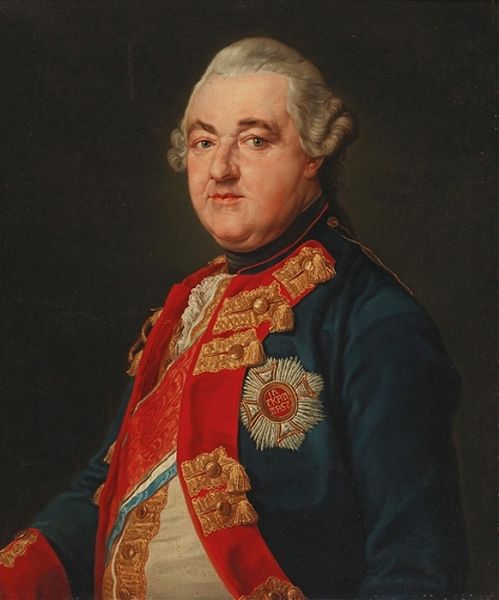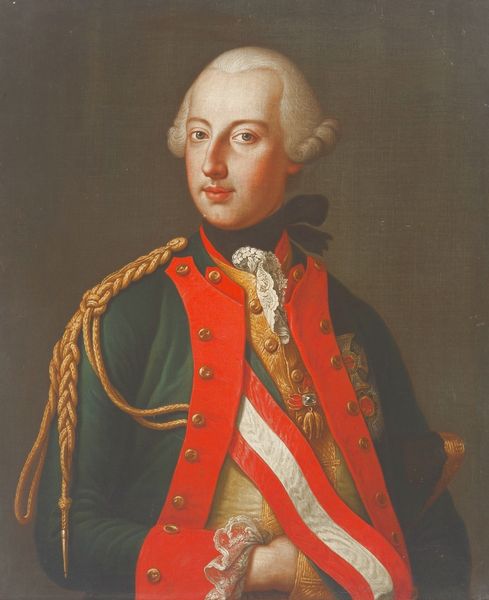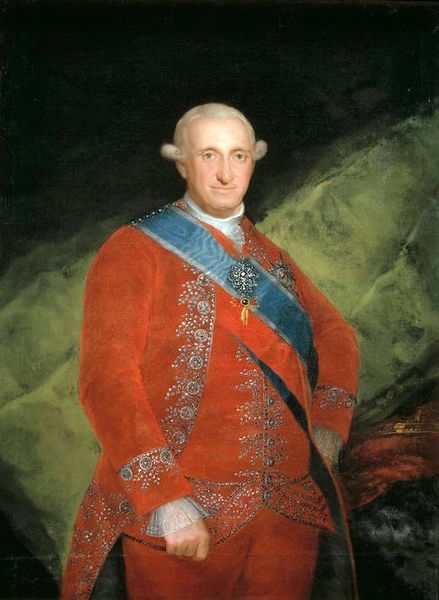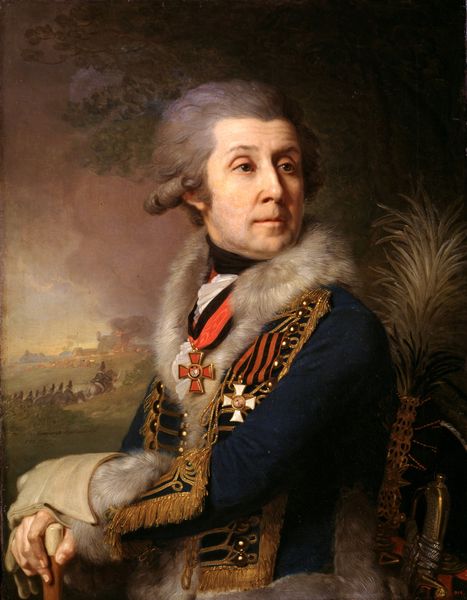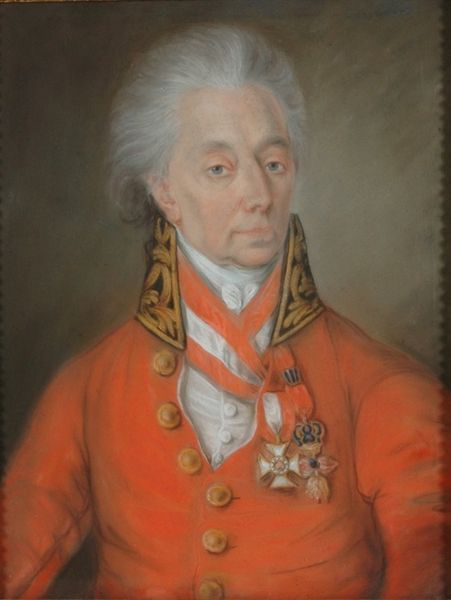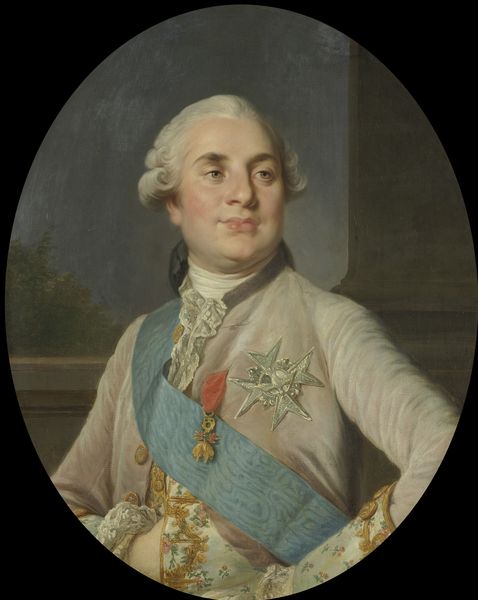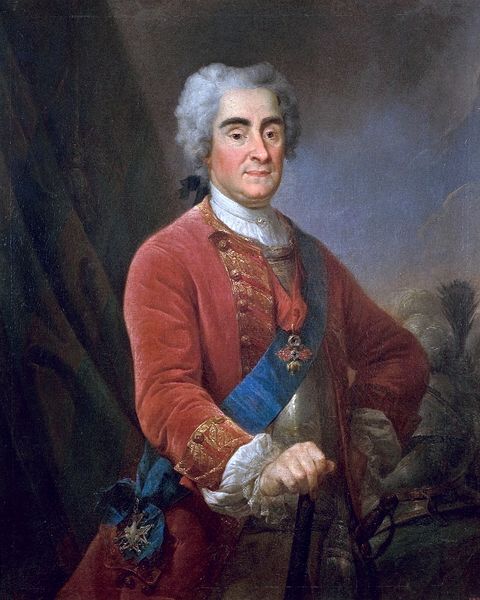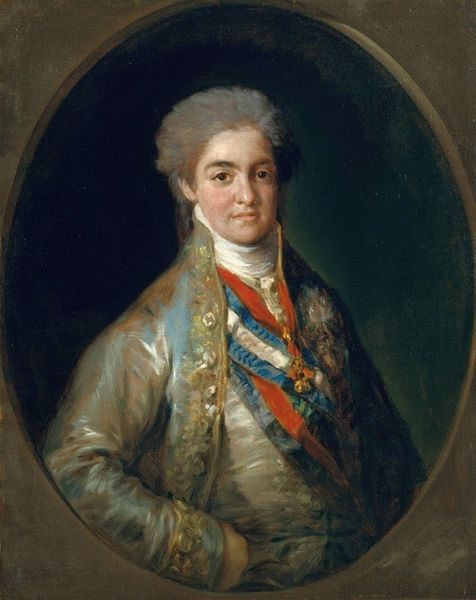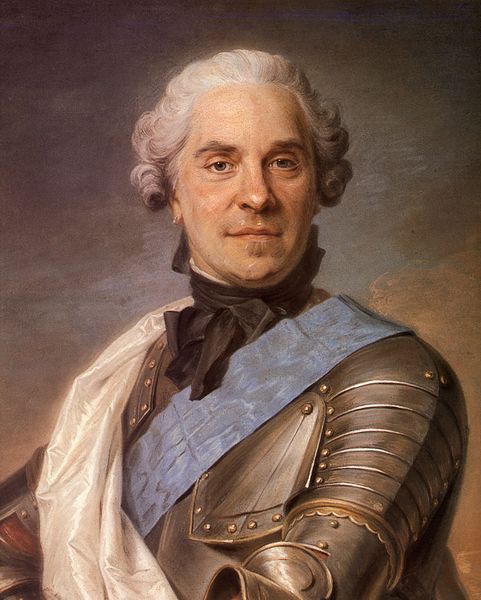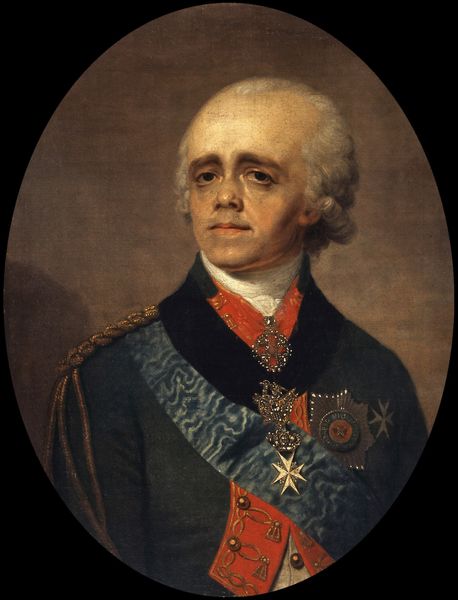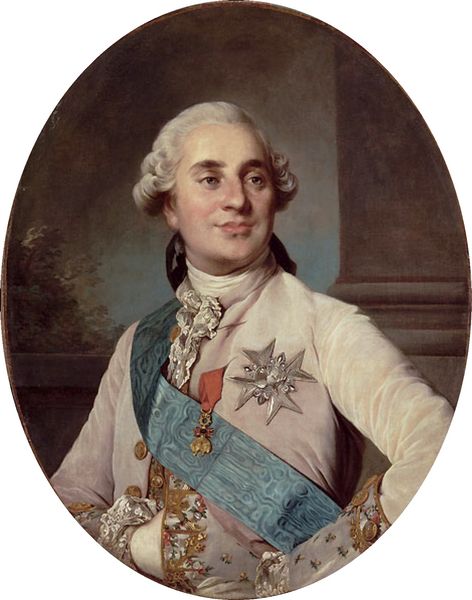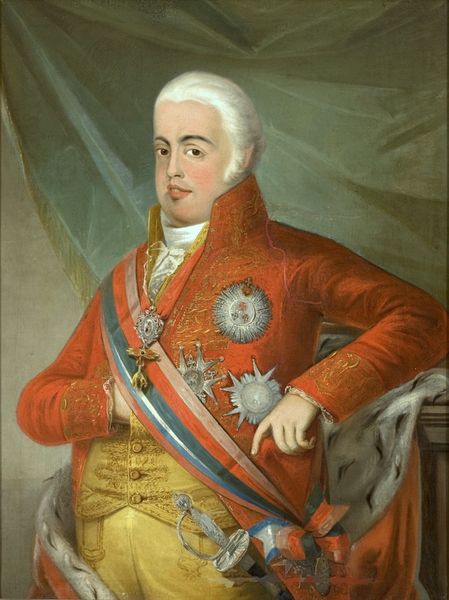
Portrait of General adjutant Count Pyotr Tolstoy 1799
0:00
0:00
vladimirborovikovsky
Silberstain Collection, Moscow, Russia
painting, oil-paint
#
portrait
#
neoclacissism
#
painting
#
oil-paint
#
figuration
#
romanticism
#
history-painting
#
academic-art
#
realism
Dimensions: 59 x 72 cm
Copyright: Public domain
Curator: Welcome. Before us hangs Vladimir Borovikovsky's "Portrait of General Adjutant Count Pyotr Tolstoy," completed in 1799. It's a fascinating specimen of late 18th-century portraiture. Editor: My first impression is of controlled power. There's a subtle, almost enigmatic gaze, and the way he’s framed evokes a sense of authority tempered by a hint of introspection. Curator: Note how Borovikovsky orchestrates the composition, the clear delineation of forms, the crispness of the lines – undeniable elements of neoclassicism. Yet, there’s an undeniable warmth, especially in the coloring, suggesting the influence of Romanticism as well. Editor: Indeed. The medals and the vibrant sash immediately communicate status and valor. The cross, specifically, has centuries of symbolic weight, connoting honor and sacrifice in various cultural contexts. What do we know about the General himself? Curator: Pyotr Tolstoy was a prominent military figure. The painting cleverly uses symbols of power, yet subtly humanizes him. Observe how the light gently catches the side of his face. The soft background helps to foreground him, highlighting the tension between individual personality and imposed social role. Editor: His posture strikes me as deliberate, calculated even. Every detail, from the precise arrangement of his garments to the controlled expression, seems designed to project an image of strength and unwavering resolve. How might contemporary viewers have understood such a presentation? Curator: The artist likely aimed to capture not just physical likeness, but also the General’s character and position within Russian society. Symbols played a crucial role in conveying specific messages about his virtue, leadership, and service to the empire. Editor: So, a portrait designed to inspire confidence and loyalty? It makes me wonder how accurately the symbols represented Tolstoy’s internal state, or were they simply tools for constructing a public persona? The weight of cultural expectation is heavy in this canvas. Curator: That tension, between representation and reality, is part of what makes it so compelling. Borovikovsky was an expert in blending the formal elements of neoclassicism with the emerging romantic sensibility to explore exactly these questions. Editor: Looking closer, the restrained color palette – blues, reds, and muted greens – contributes to the overall mood of controlled power. Each carefully chosen hue speaks volumes about the era and the sitter's social standing. It is more than just colors, it is social data rendered visible. Curator: Precisely. This work offers a valuable lens for understanding not only artistic trends, but also the social and political landscape of late 18th-century Russia. Editor: I see it now as a layered artifact, a convergence of artistic skill, symbolic language, and carefully crafted image. Curator: A worthy exploration, wouldn't you agree?
Comments
No comments
Be the first to comment and join the conversation on the ultimate creative platform.
